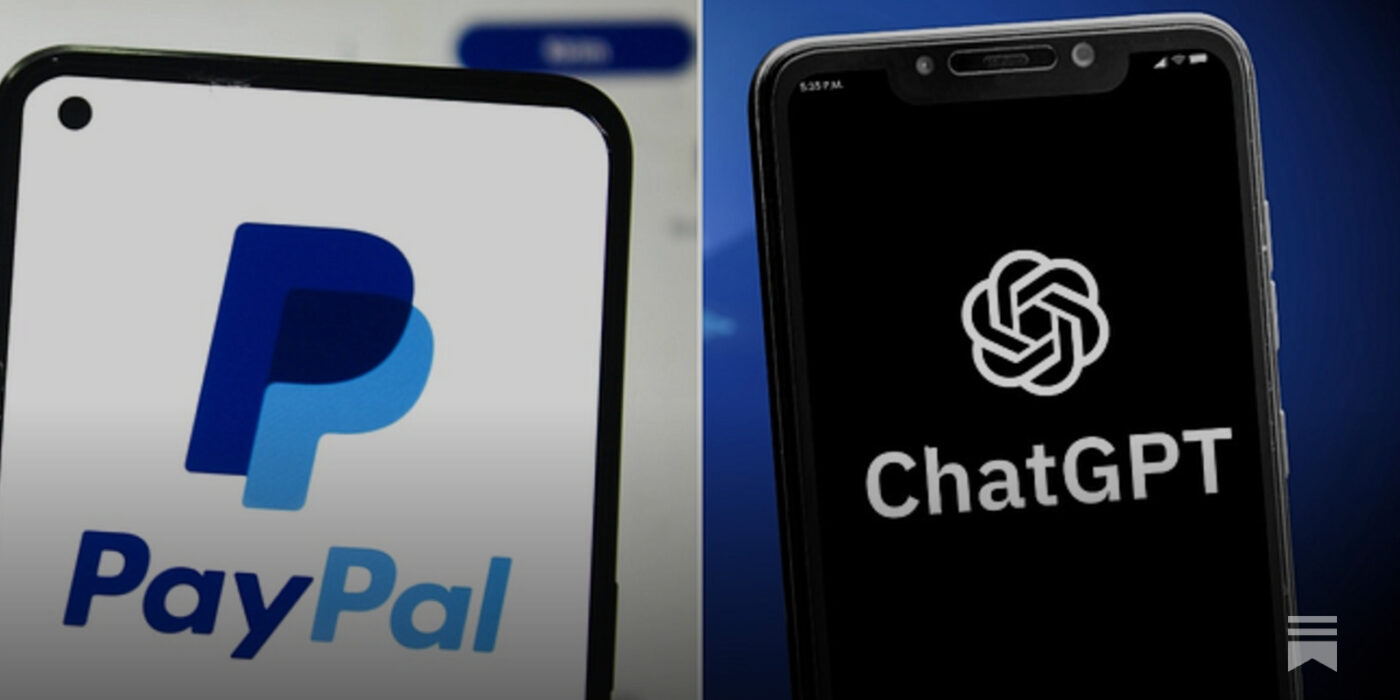 With consumers now more connected through location-based, social and mobile environments, Google held ThinkLocal 2011. A mini conference aimed at reviewing local search and mobile search and how businesses need to control and promote their brands to consumers at the moment they are searching.
With consumers now more connected through location-based, social and mobile environments, Google held ThinkLocal 2011. A mini conference aimed at reviewing local search and mobile search and how businesses need to control and promote their brands to consumers at the moment they are searching.
This event showcased insights, inspiration and ideas on how to more closely connect businesses with their customers.
Potential of Location
Evan Cohen – Foursquare
@evco
First up was Evan Cohen from Foursquare. Evan started by highlighting how people now have a need to consume information. People no longer just search; they want more and more information about the venue or product they are looking for.
Our need for information has opened doors for companies to now provide potential customer with what they want.
Evan also pointed out that there is a big difference these days between your online experience and real life. When online you can find out a lot more:
- Where should I go to eat
- What should I eat
- What have others said about this place
- What did they have to eat
- Are there any special deals at the moment
“Online you can unlock social knowledge”
Evan explained how Foursquare aim to improve your online experience by using past information based on past check-ins.
This was the lesson that other companies could take from this. Take previous user activity to provide the user with relevant information in the present.
Foursquare do this with their Explorer and Tips areas on their platform.
Examples were given with brand pages that had been created by US TV channel Bravo creating information based on locations featured on one of their hit TV shows. This again feeds the users need to consume information and act on it.
Evan also wanted to correct some myths currently doing the rounds:
- Check-ins don’t work
- LBS sites don’t provide any value
- That there is no commercial opportunities in this sector
Digital Fitness and How a Global Brand Can Be Local
Bonin Bough – PepsiCo.
@boughb
Bonin gave the most upbeat presentation of the morning with loads of enthusiasm starting with a look at how much mobile is now part of our lives and how people were now showing genuine signs of addiction when it came to using technology. As a result we were now seeing a new generation of users who now took this kind of technology for granted.
More apps were downloaded in the last year than music on iTunes.
The focus then turned to businesses and if they were ready for this increasingly fast change in the way the world was interacting with companies.
Businesses that weren’t prepared to adapt and change were going to die. This was backed up with some examples including Blockbuster and Borders, both of which had been left behind (and in Blockbusters case went bankrupt as a result of not moving with the times).
“Failure to adapt – Failure to survive”
The clear message from Bonin was that there was no stopping what was coming and it was down to individual companies to come along or get left behind.
We were then shown an example of how PepsiCo 10 had looked to hunt out up and coming platforms and engage with them in a way that would benefit the Pepsi brand.
This was done by inviting sites to put themselves forward to work with PepsiCo. 5 were picked across a number of categories including mobile and social media.
Pilots (or campaigns) were then run across these platforms. PepsiCo were then able to review trends to see what was working and what wasn’t.
Three big platforms they highlighted from this process were:
- Slingshot
- Street Ads
- Flypost
Although Bonin didn’t give away any actionable information for everyday users, it was an interesting insight into how a big brand looked to become as local.
We were also shown how the Gatorade Mission Control has allowed Pepsi to monitor all social activity mentioning Gatorade. Using a control room with 5 people Pepsi basically monitors all activity in real time and interacts providing a real time experience.
Local Innovation Showcase
Session three was a discussion on stage hosted by David Scholtz from Ariadne Capital.
He was joined by Hugh Campbell of NXD, Peter Gandy from Rockpool Digital and Brad Liebmann from GEOcast.com.
This was largely just a discussion that went off in different directions. Both local and mobile search was discussed. There were a few interesting bullet points that came out:
- Too many companies don’t have a mobile version of their site in place. Getting the fundamentals in place is key.
- The challenge to most companies is collecting the right mobile data about their potential customers. If a brand sets up local based messaging then they have to target the right people. Get this wrong and you’re effectively spamming. Brand need to analyse their data, get to grips with exactly what each individual likes and doesn’t like. Target them accordingly.
- People want to have a relationship with small brands and local businesses. Small businesses shouldn’t be put off by big competition.
- Businesses should be looking to “change the ability to buy”. Local based Messaging effectively helps bring customers in-store when it may not have been their original intention to have shopped with you that day.
Google Local
David Singleton – Engineering Director Google UK
David gave us a mixture of lesser known Google tools and demonstrations of existing tools and how they all integrate into each other.
Mobile is highly important to local search.
David gave us some live demos to highlight how Google are looking to make each search more relevant and personal to the user. We were shown David’s experience of searching for a local store and how the results returned were based on his location.
Taking this further we then looked into eating out and how reviews displayed were not only relevant to the user’s location but also based on friends or contacts that had also reviewed these places.
This highlighted that by reviewing places and products you not only influence your own personal search but searches carried out by friends.
David then started to plan a night out using everything to hand to make his decisions on where to go, where to eat and where to stay over.
The Chrome to Phone app was demonstrated which I hadn’t seen before. This allows you to send directions from Chrome to your phone (as long as both are logged into the same Google account).
Google Offers and Google Wallet were also shown.
This was basically an overview of the information readily available when using Google, all interesting but nothing new to take away.
Mobile As A Local Tool
Charlie Hunter-Schyff – O2
@hunterschyff
Charlie’s talk was an interesting insight into the mobile side of things, although it did tend to turn into a sales pitch for O2 half way through with a run through of the company’s services as opposed to actual mobile search information.
However there was some very useful statistics offered in this presentation.
Charlie opened with the interesting statistic that 45% are in “love” with their mobiles and “need to have them. Charlie described this as a new addiction. People were actually so attached to their mobiles that they couldn’t live without them.
We were then taken through some statistics showing how people were actually using their mobiles:
- 69% were using their phones to full (or near to) their full potential.
- 17% used their mobiles to do nothing more than kill time
- 13% saw their mobile as a source of entertainment
Daily Usage Statistics:
- 50% used their mobiles for less than 30 minutes
- 25% used their mobile between 30 minutes and 1 hour
- 25% used their mobile over an hour
While this was all interesting as mentioned above it did move too much into an O2 sales pitch with no real pointers or areas that could actually be taken away. We were also shown an advert for Priority Moments from O2.
One further mobile statistic that I did find interesting related to one of O2’s partners, McDonalds.
During their Monopoly promotion 30% of people pinged by local based messaging did say they went on to play the game as a result of receiving a text from McDonalds.
54% said the text actually lead to them going into McDonalds. This gave an interesting indication as to how much local based messaging can influence the way people act.
Simon’s Journey Home
Simon Morgan – Head of Mobile Advertising Google UK
Simon gave us a demonstration on how mobile search and mobile interaction is all around us. We were taken on Simon’s trip home and given different examples to highlight his point.
First Google Goggles was used on a music poster to show how easily you are able to find information simply using the app. The live demonstration showed how simply taking a picture of a Kasabian poster lead Simon to gig information and video links.
Simon then decided he wanted to buy the album and of course used Google Maps to show him where the closest HMV was.
Once in the store we were given some interesting facts.
- 24% carried out a price comparison while actually in-store
- 21% changed their mind and went elsewhere having carried out a comparison
Google Shopper was then demonstrated. This app allows you to scan barcodes and then provides you with local deals.
This all highlighted just how much mobile search now plays a part in our lives and our decision making.
All in all this conference gave a very good overview as to how local search and mobile search is now part of our daily lives and how big companies are using tactics to influence decision making.
This will have given some of the smaller companies present a few ideas, but the campaigns we were shown may be a little out of their budget.
There were no real take away actions from an SEO point of view that a majority of professionals didn’t already know about but there were some interesting facts and a good reminder as to just how powerful local search can be to any company if implemented correctly.





Leave a Reply